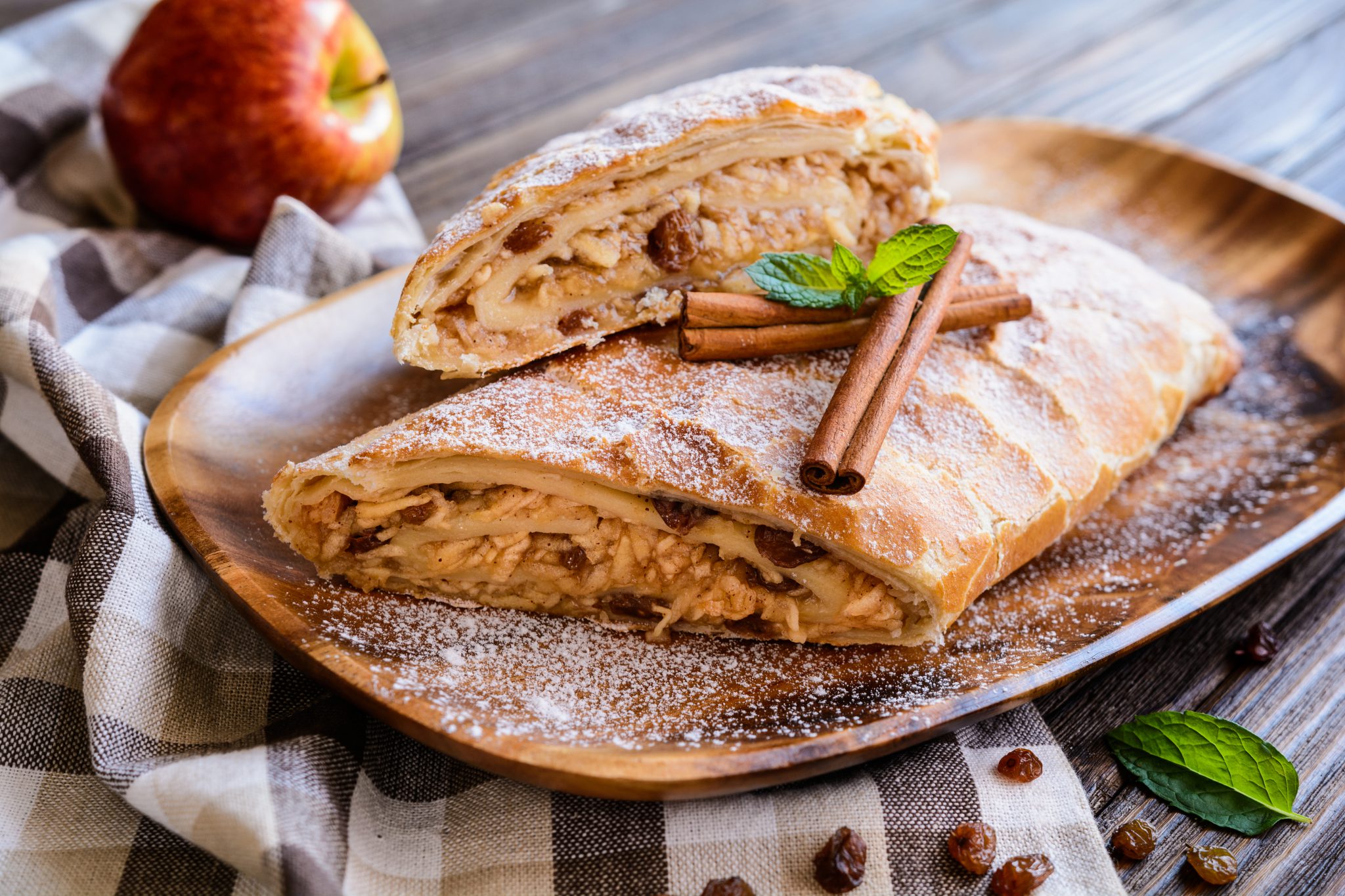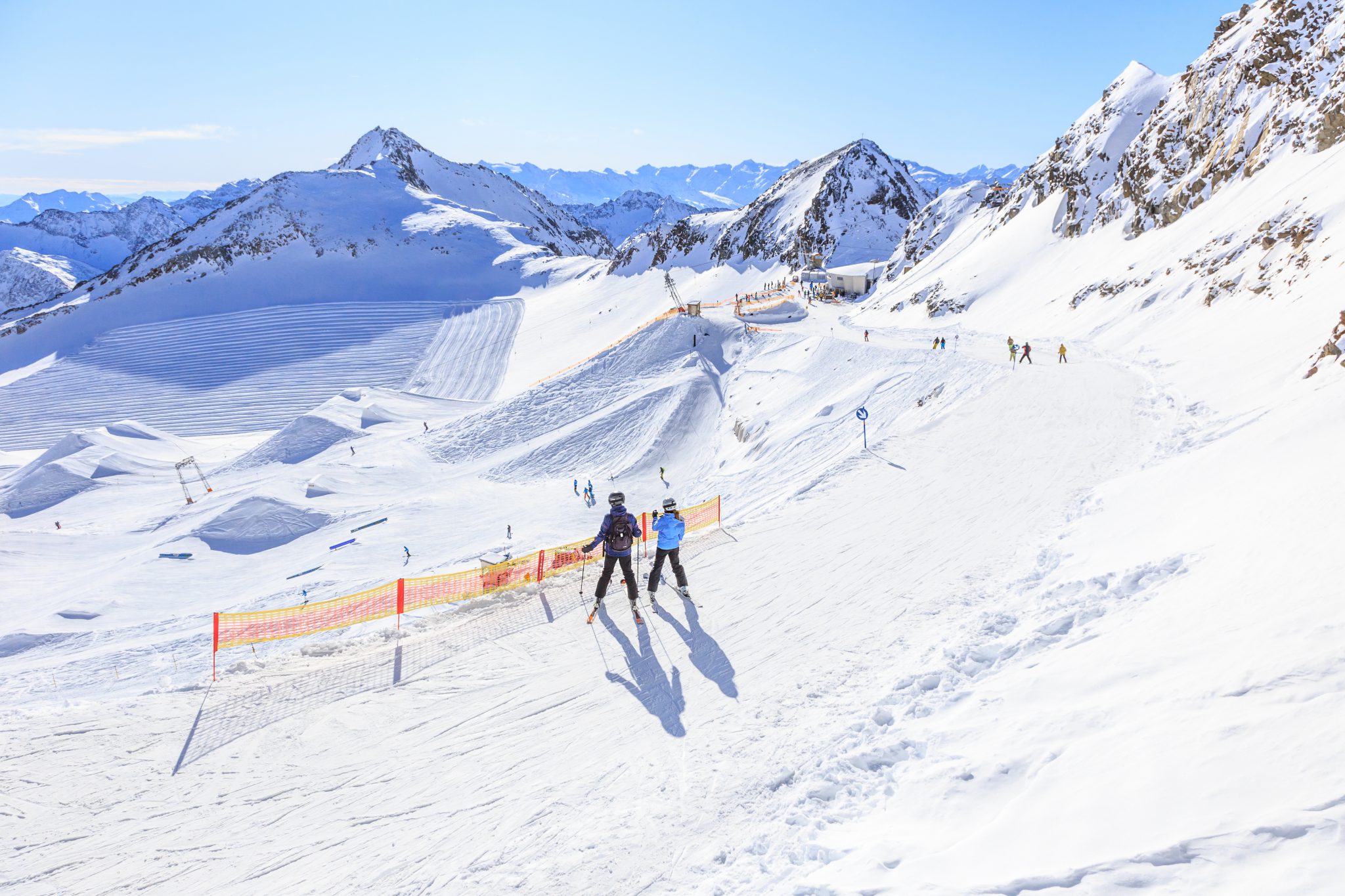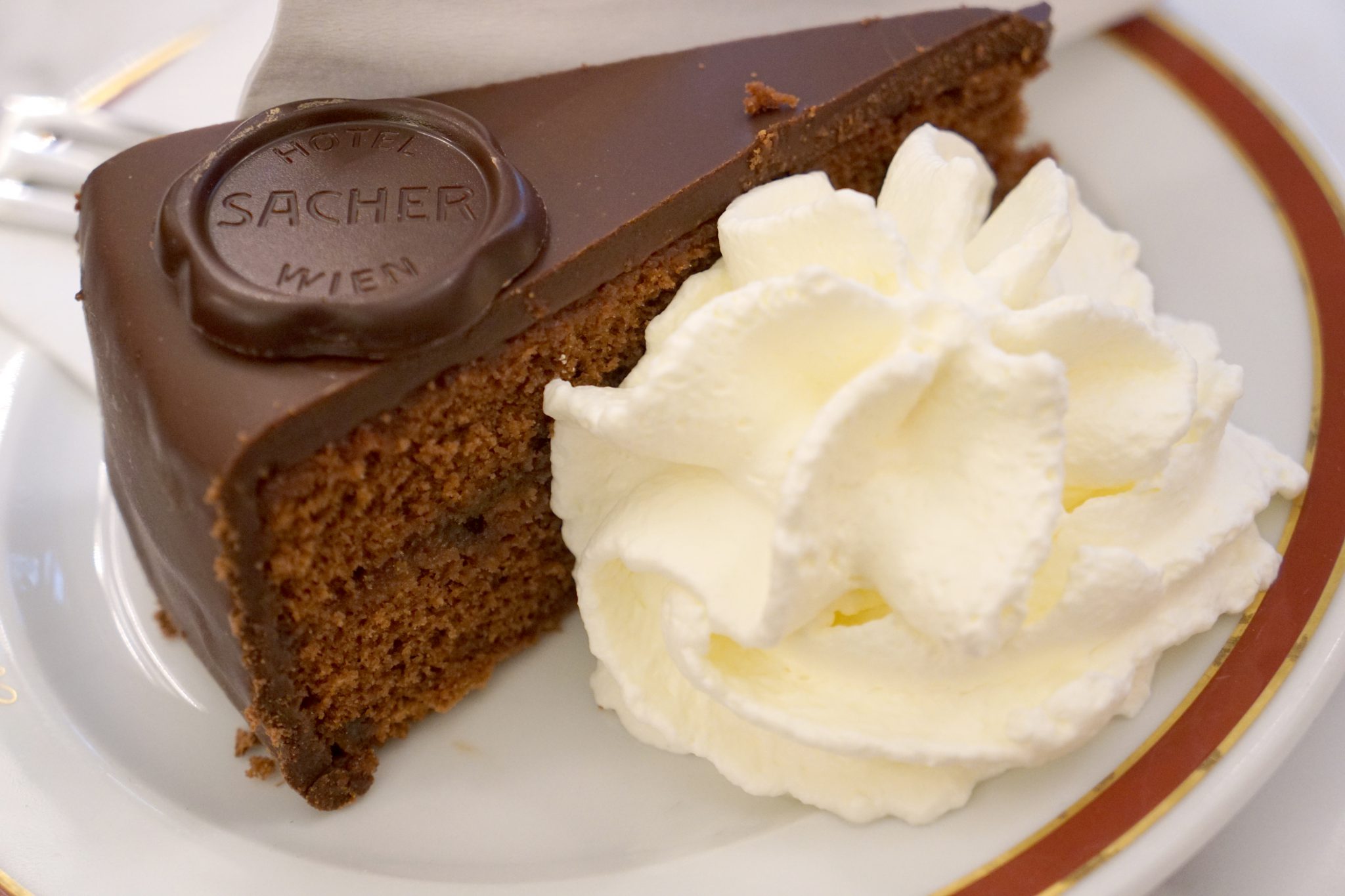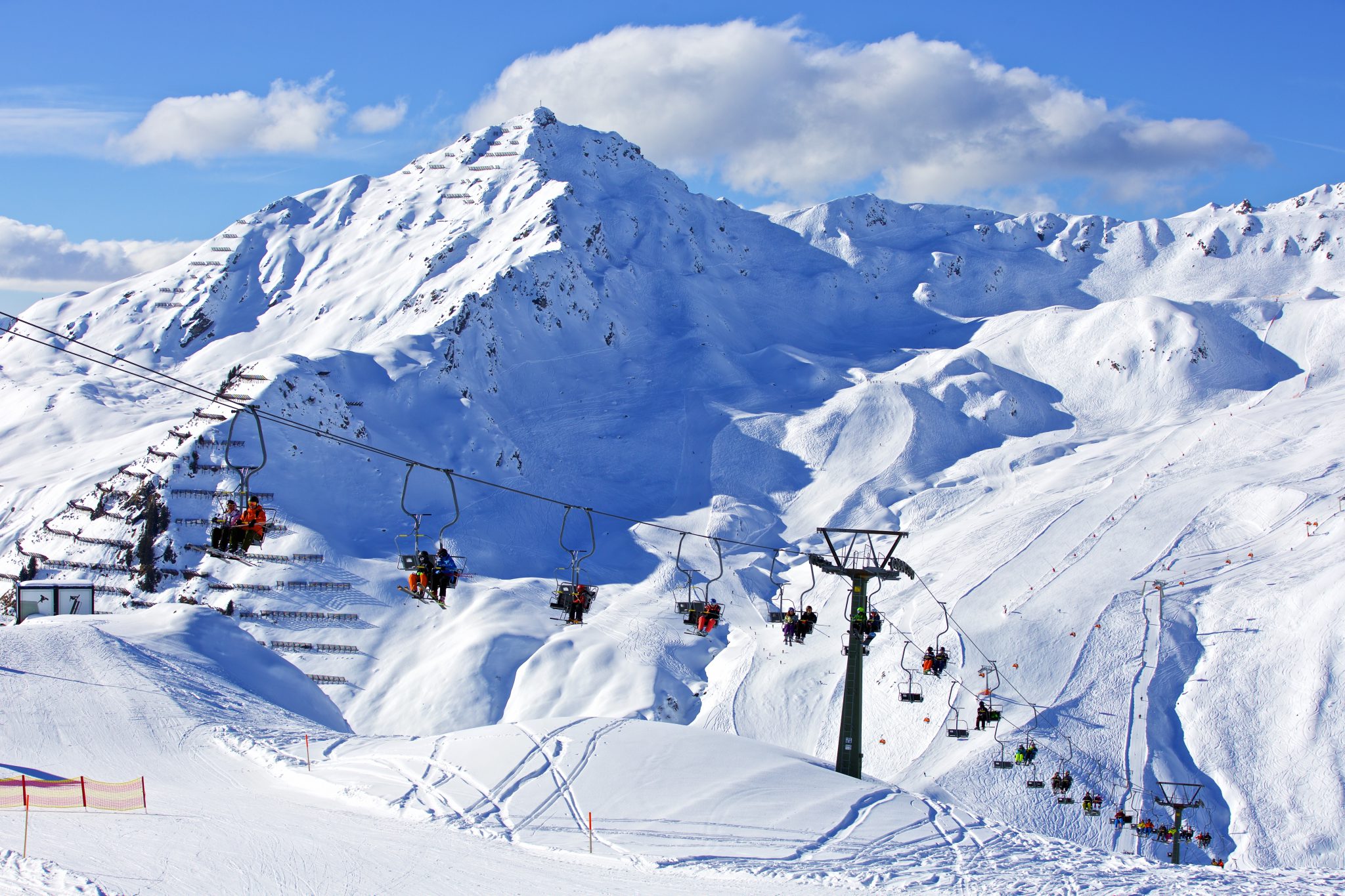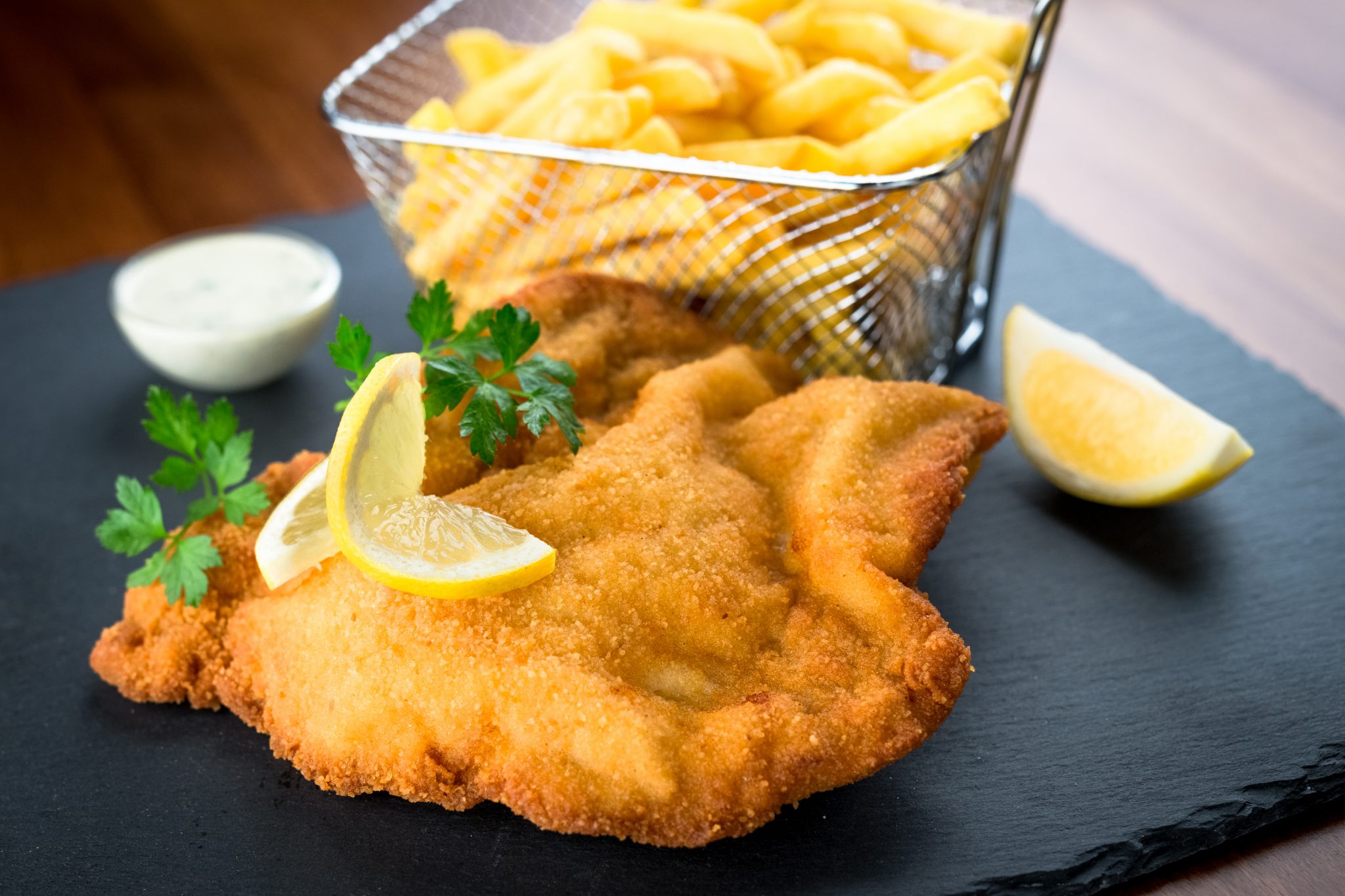Austria
Austria ( the Republic of Austria ) is a landlocked country in central Europe. The now relatively small
country is bordering 8 other countries ( Czech republic, Germany, Hungary, Slovakia, Slovenia, Italy,
Liechtenstein and Switzerland) lying within the alps( of which two thirds of the country is covered )
the country only has one third of its area below 500 m (1,640 ft). the country of Austria has a
population of 8.8 million people with the capital city Vienna with a population of 1.8 million Vienna
is the largest city in Austria other urban areas include, Salzburg, Innsbruck , Graz and Linz.
Austria Is a highly developed country with a high standard of living. Austria is a member of the
European union (1995) and uses the euro as currency.
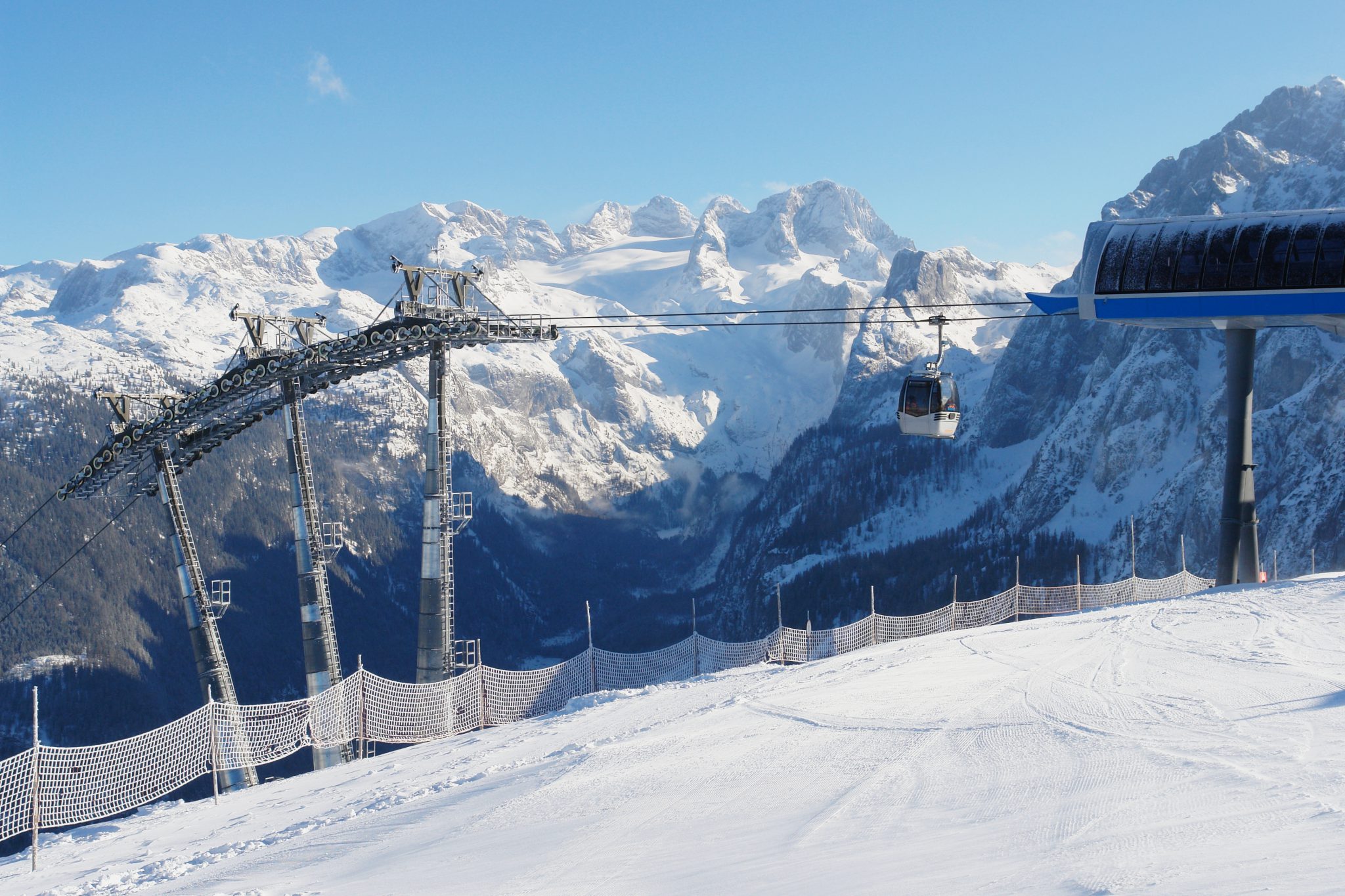
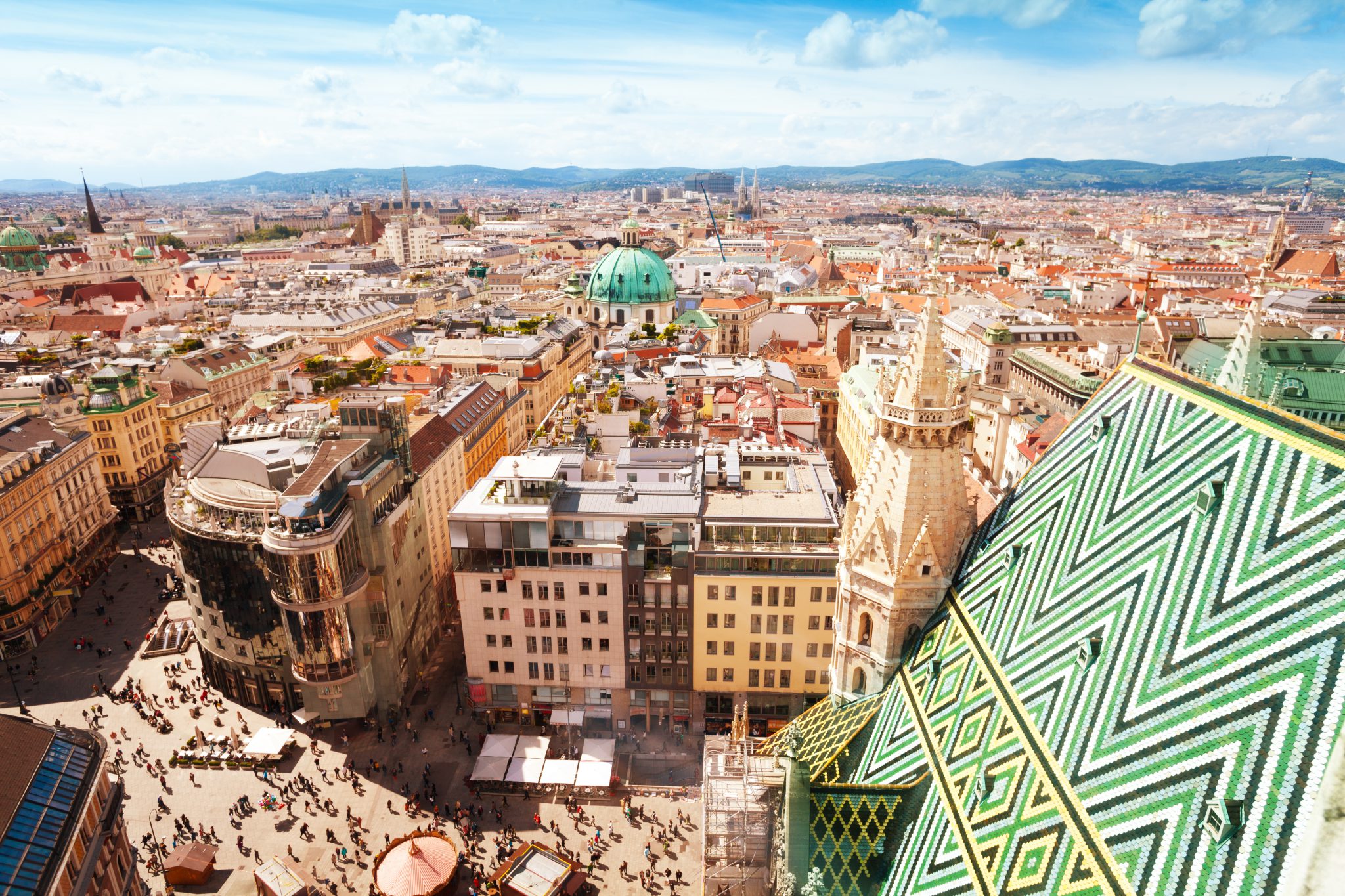
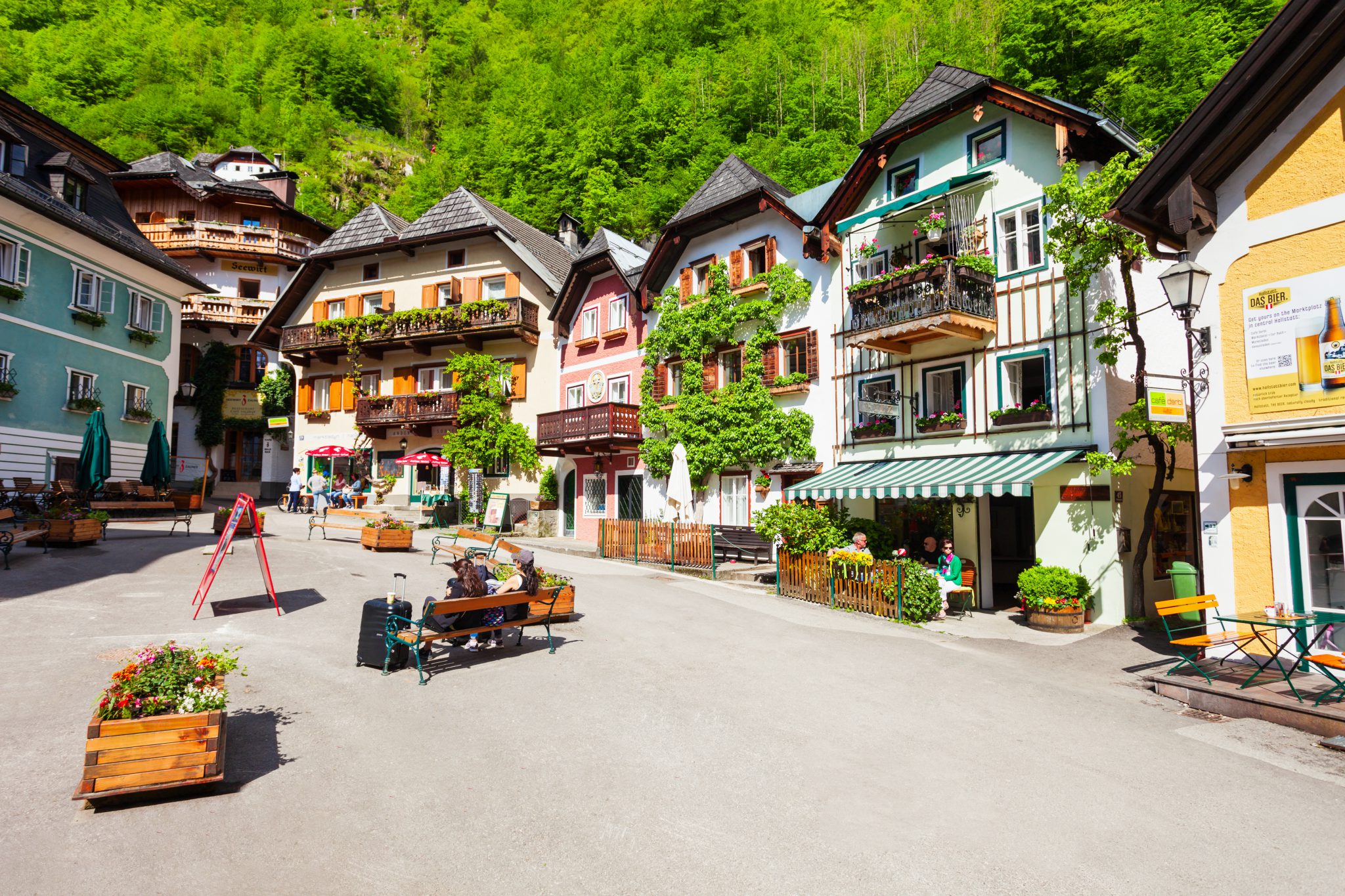
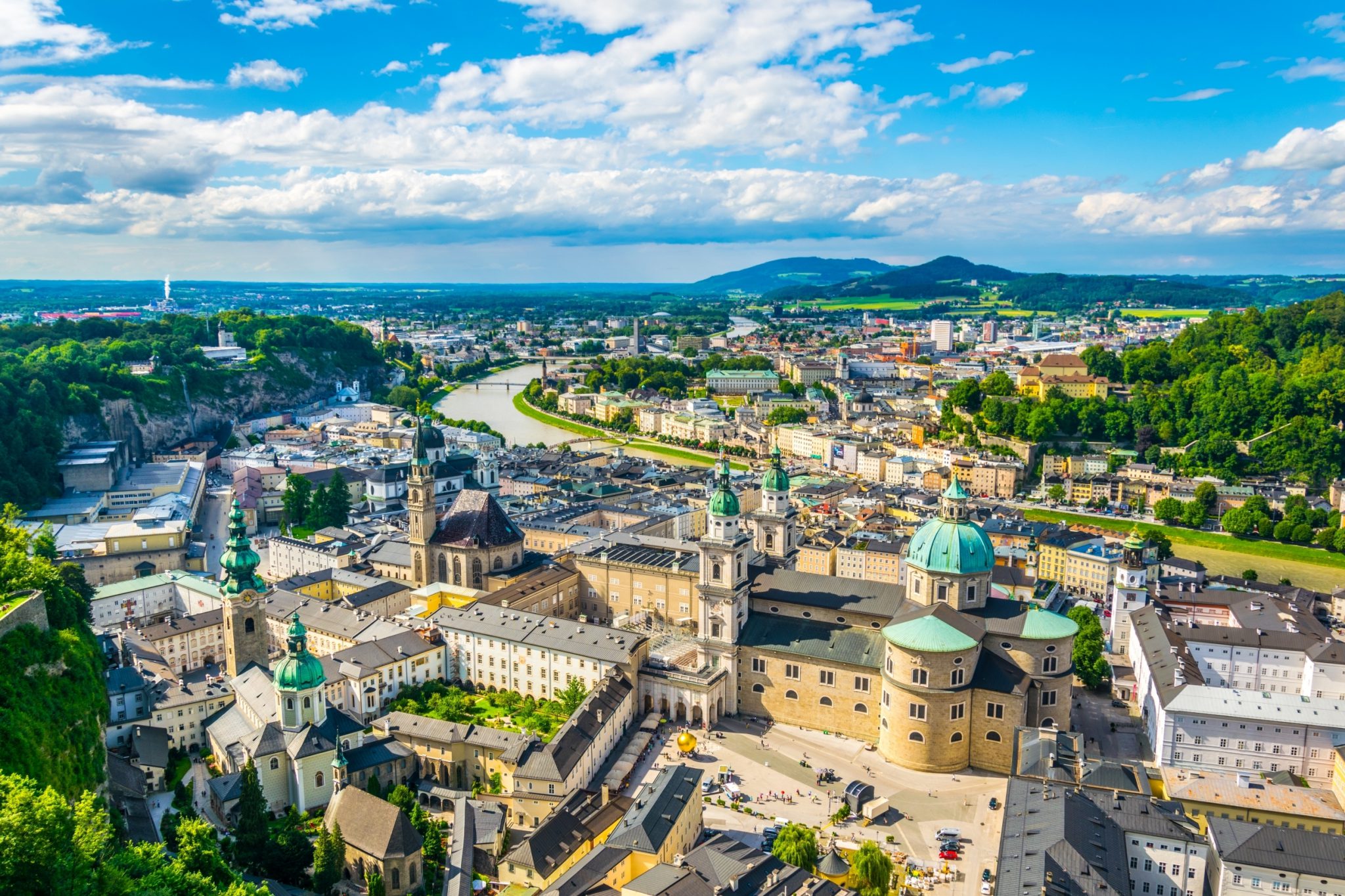
History of Austria
As said above Austria is a now relatively small country but this wasn’t always the case the country of
Austria has a rich history to explore we will point out some of the interesting facts below.
The country of Austria has been buildup of in depended states. And in the 13 th century most of them
were united under Hapsburg rule. The house of Hapsburg started a rule of Austria that lasted until
right after the first world war. The Hapsburg had a special way of expanding their power in Europe (
we cant fight everybody so let us marry everybody ) with this tactic the house of Hapsburg became a
major power in Europe. Forming the Austrian empire, the Austro-Hungarian empire and finally after
world war 1 was lost the allied powers split up the empire in to different countries. Austria was
reduced to the size it is today. before the start of world war 2 Austria was annexed by Germany. after
the second world war Austria was split up in to 4 occupation zones by the allies and in 1955 Austria
became its own republic again. In Austria and all the surrounding countries you can see the influence
on culture, people and architecture of the former Austrian empire and the shared cultures of the
now different countries. As a traveler to Austria there are countless of museums and sights where
you can get a real idea of this central European history.
Austria is divided in to 9 different bundeslander ( states ) these states are ( Vorarlberg, Tyrol,
Salzburg, Carinthia, upper Austria, Styria, lower Austria, Burgenland and Vienna. ) each state is then
further divided in to smaller bezirke.
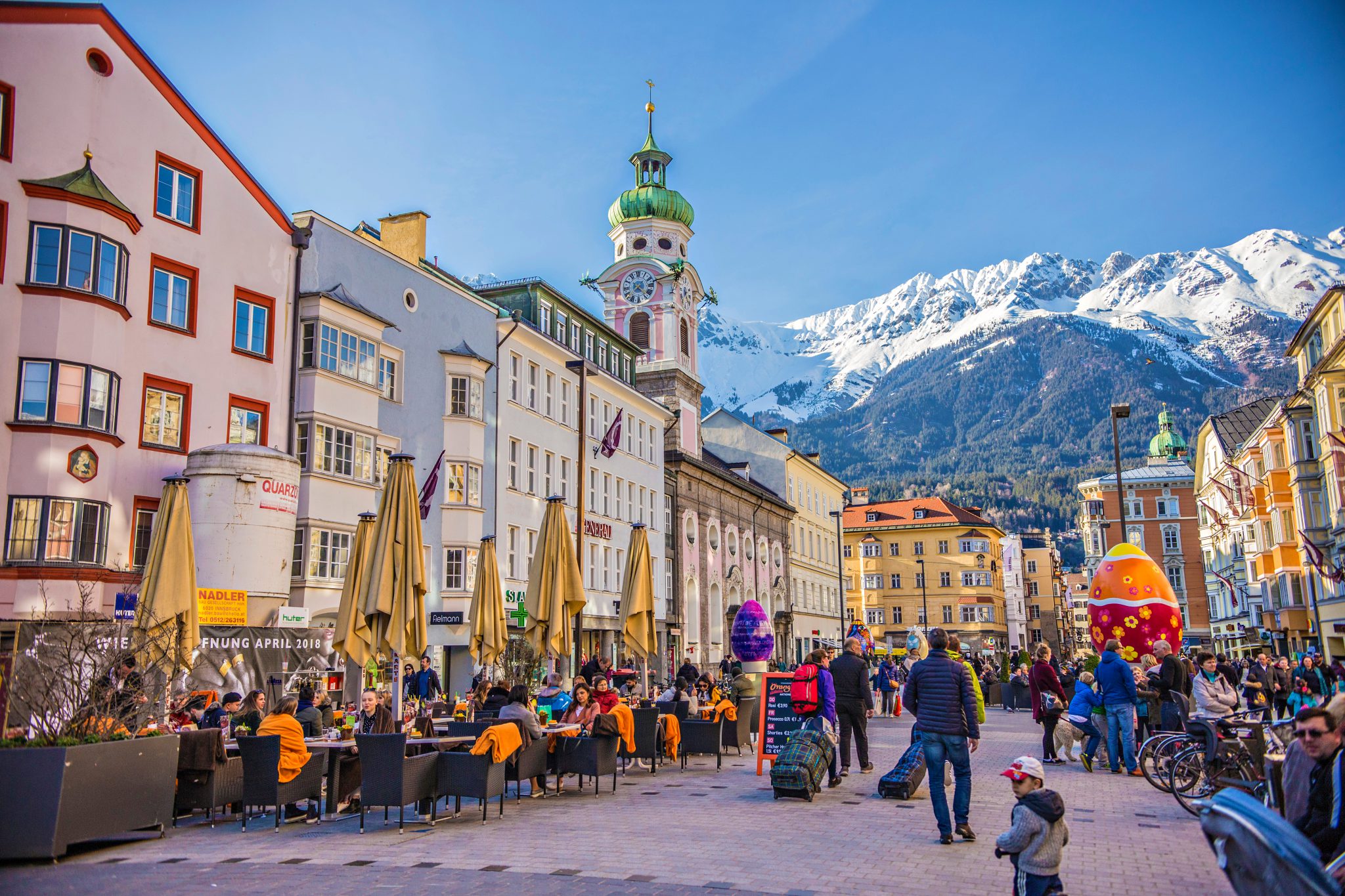
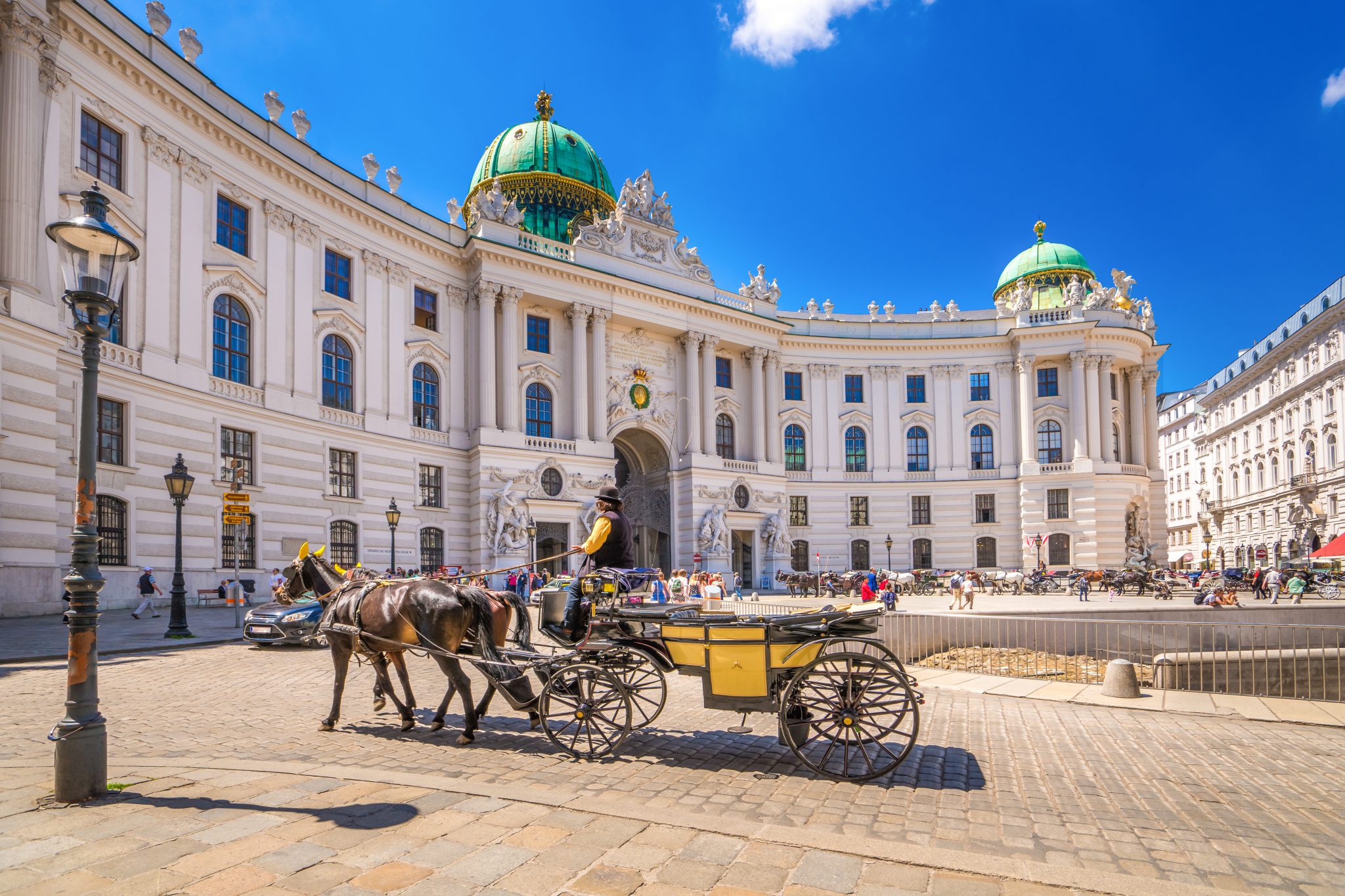
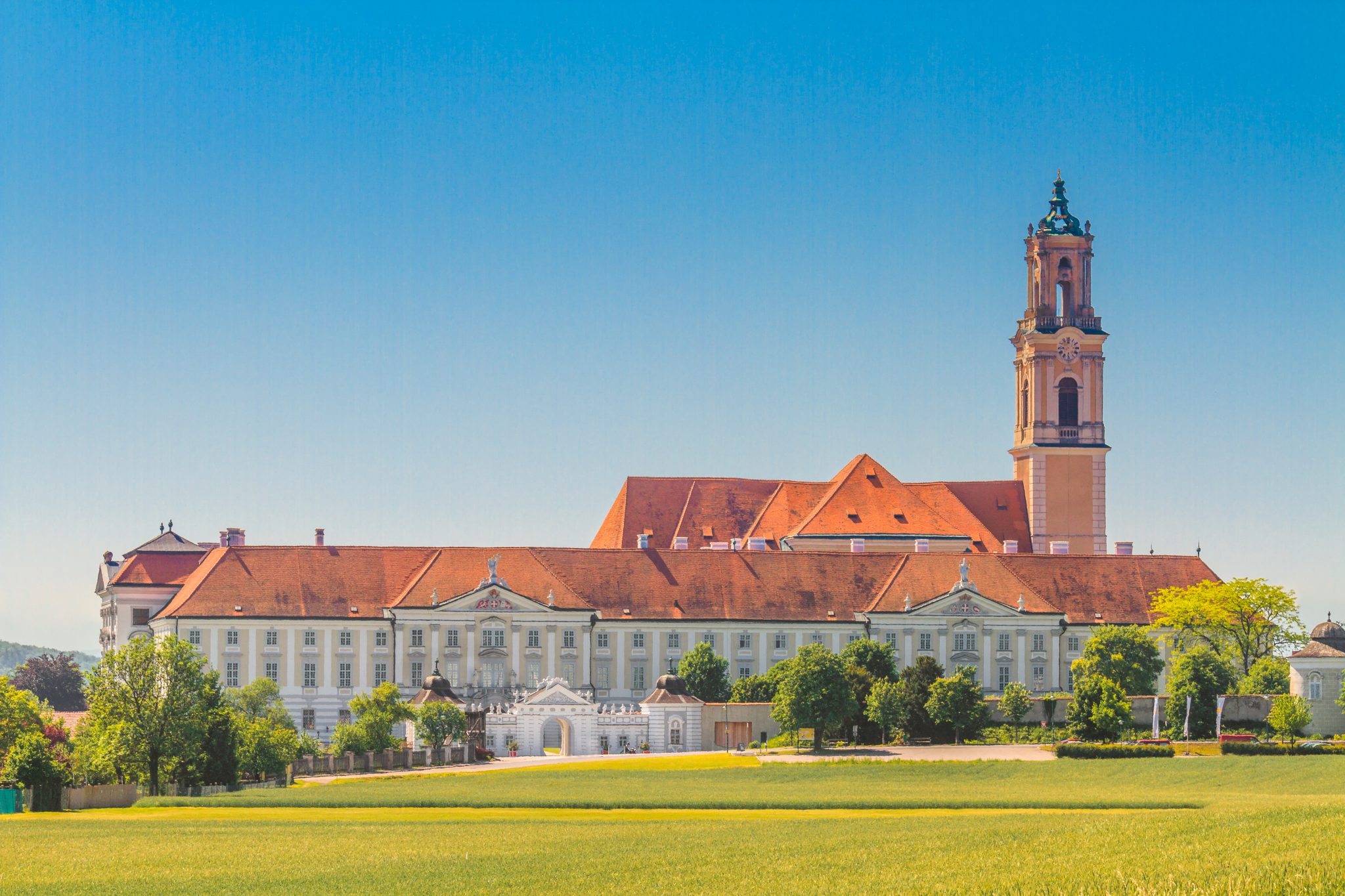
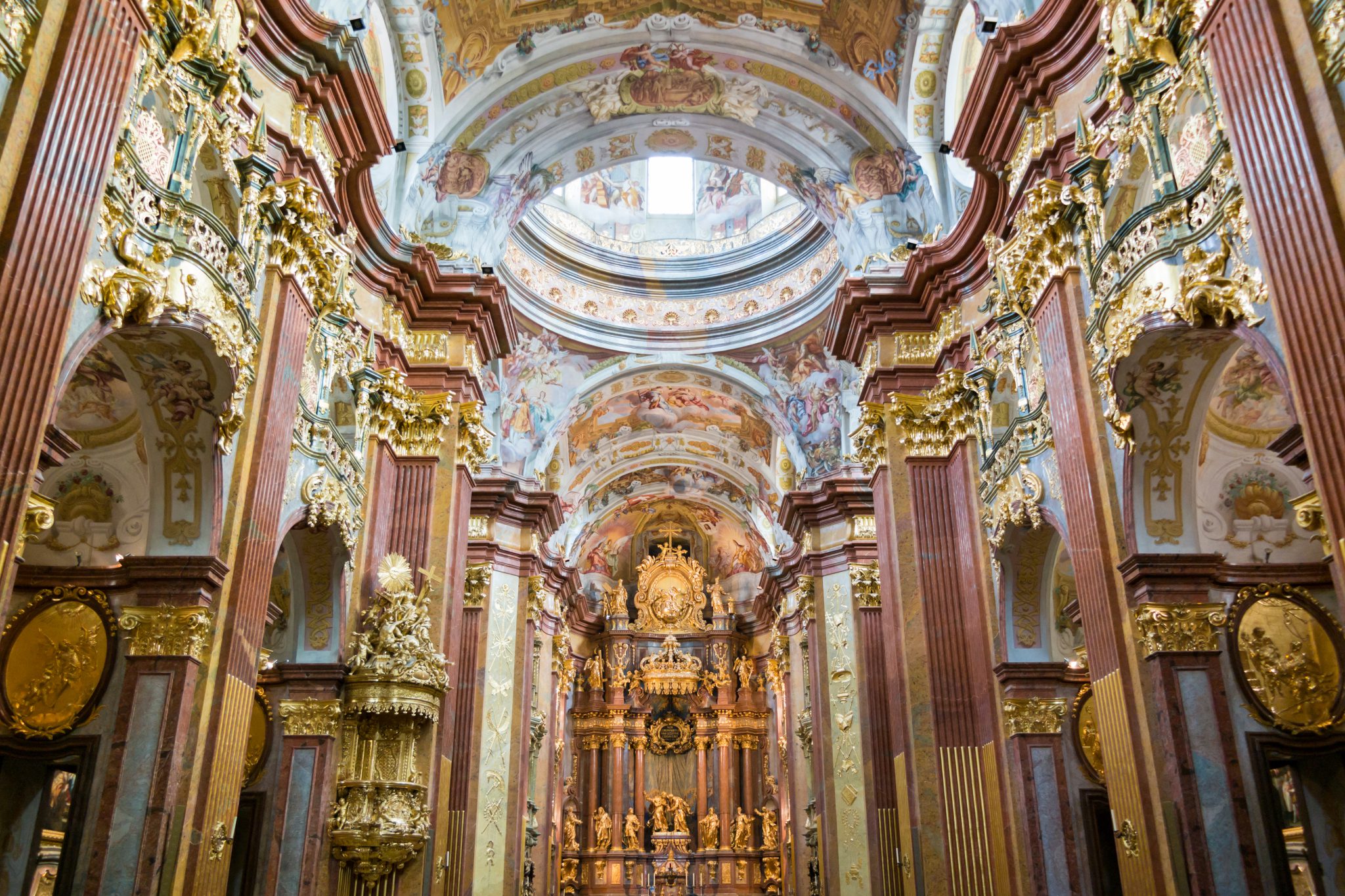
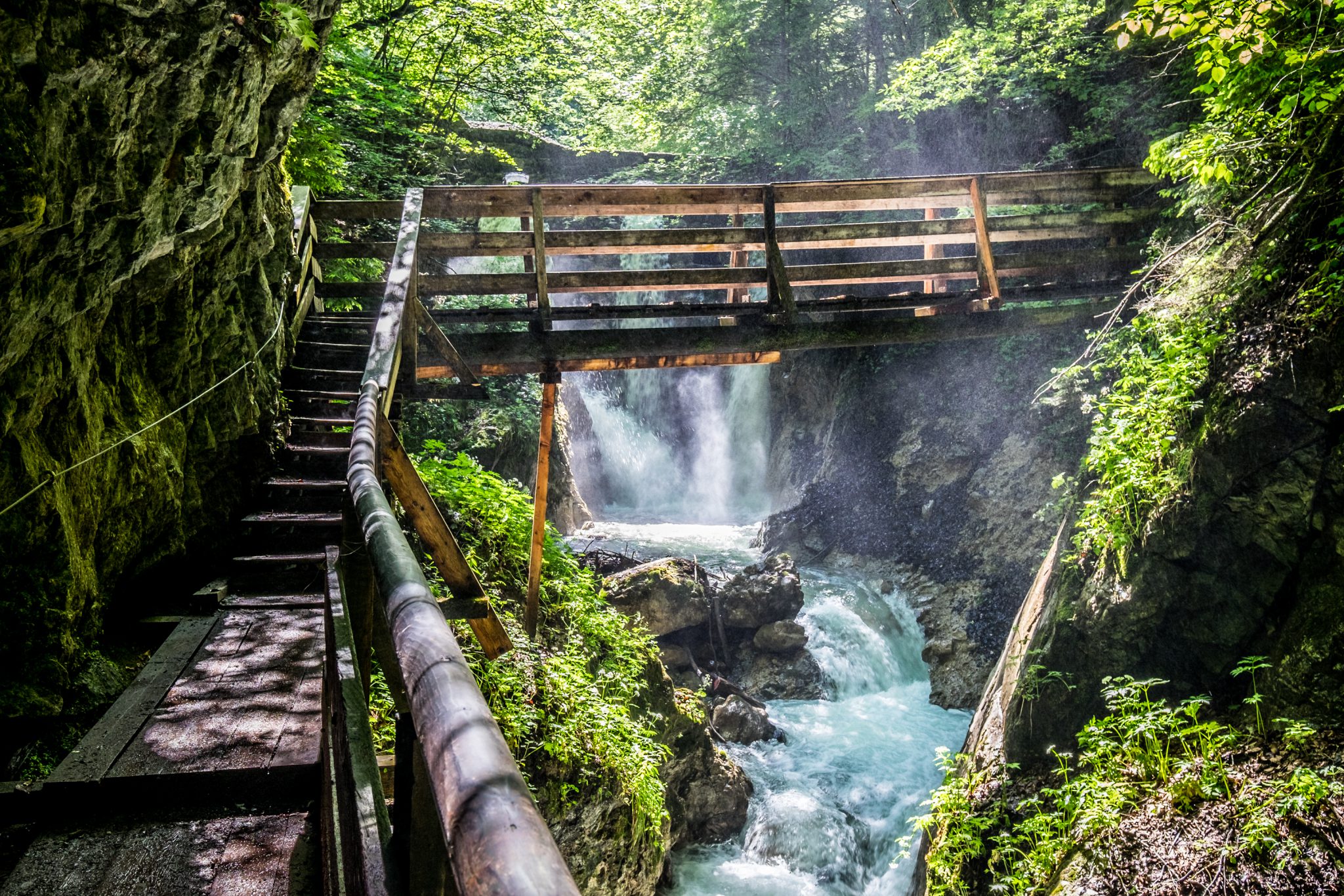
Austrian Geography, climate and largest cities
Austrian geography
Austria can be divided into five areas, the biggest being the alps in the west of Austria, which
consist 62% of the nation's total area. The Austrian foothills at the base of the Alps and the
account for around 12% and the foothills in the east areas surrounding the of the low country
amount to about 12% of the total landmass. The second great mountain area although much
lower than the Alps is situated in the north. Known as the Austrian granite plateau, it is located in
the central area of the Bohemian Mass and accounts for 10% of Austria. The Austrian portion of
the Vienna basin comprises the remaining 4%.
Austrian climate
The largest part of Austria lies in the cool/temperate climate zone, where humid westerly winds
get the upper hand. With nearly three-quarters of the country dominated by the Alps, the alpine
climate is predominant in the west of Austria. In the east in the Pannonian plain and along the
Danube valley the climate shows continental features with less rain than the alpine areas.
Although Austria is cold in the winter (−10 to 0 °C), summer temperatures can be relatively
high, with average temperatures in the mid-20s Celsius and a highest temperature recorded of
40.5 °C (105 °F) in August 2013.
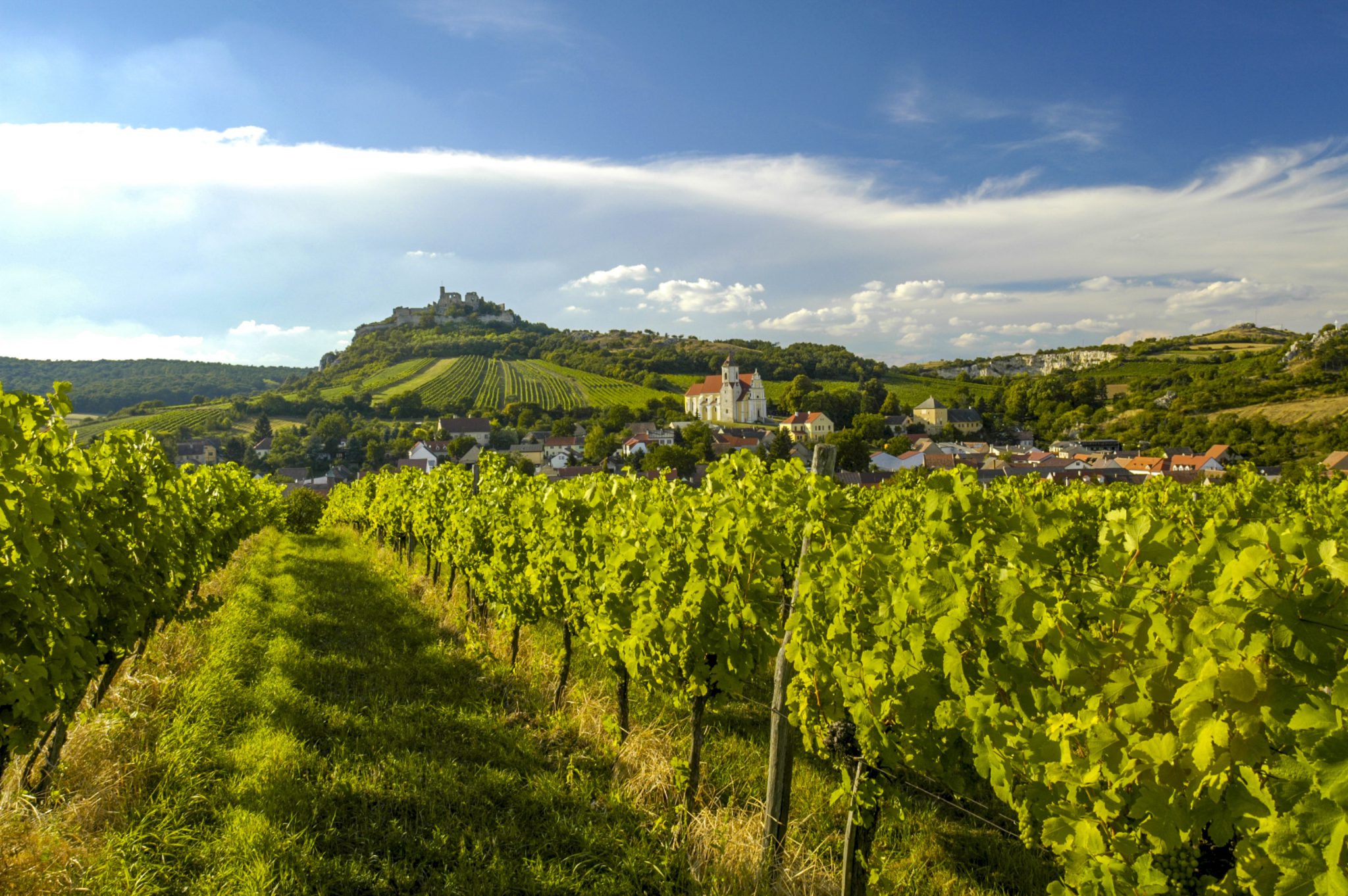
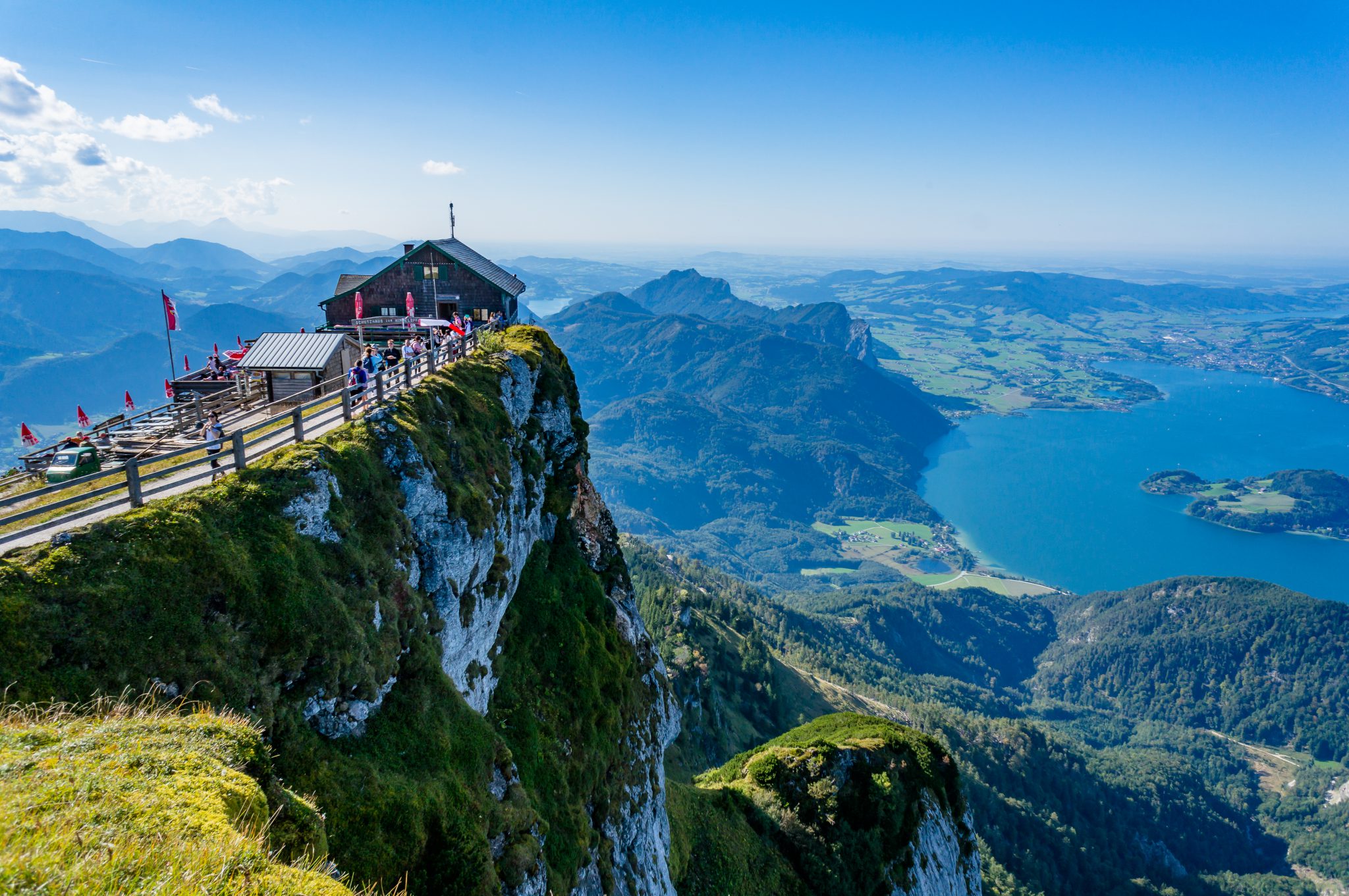
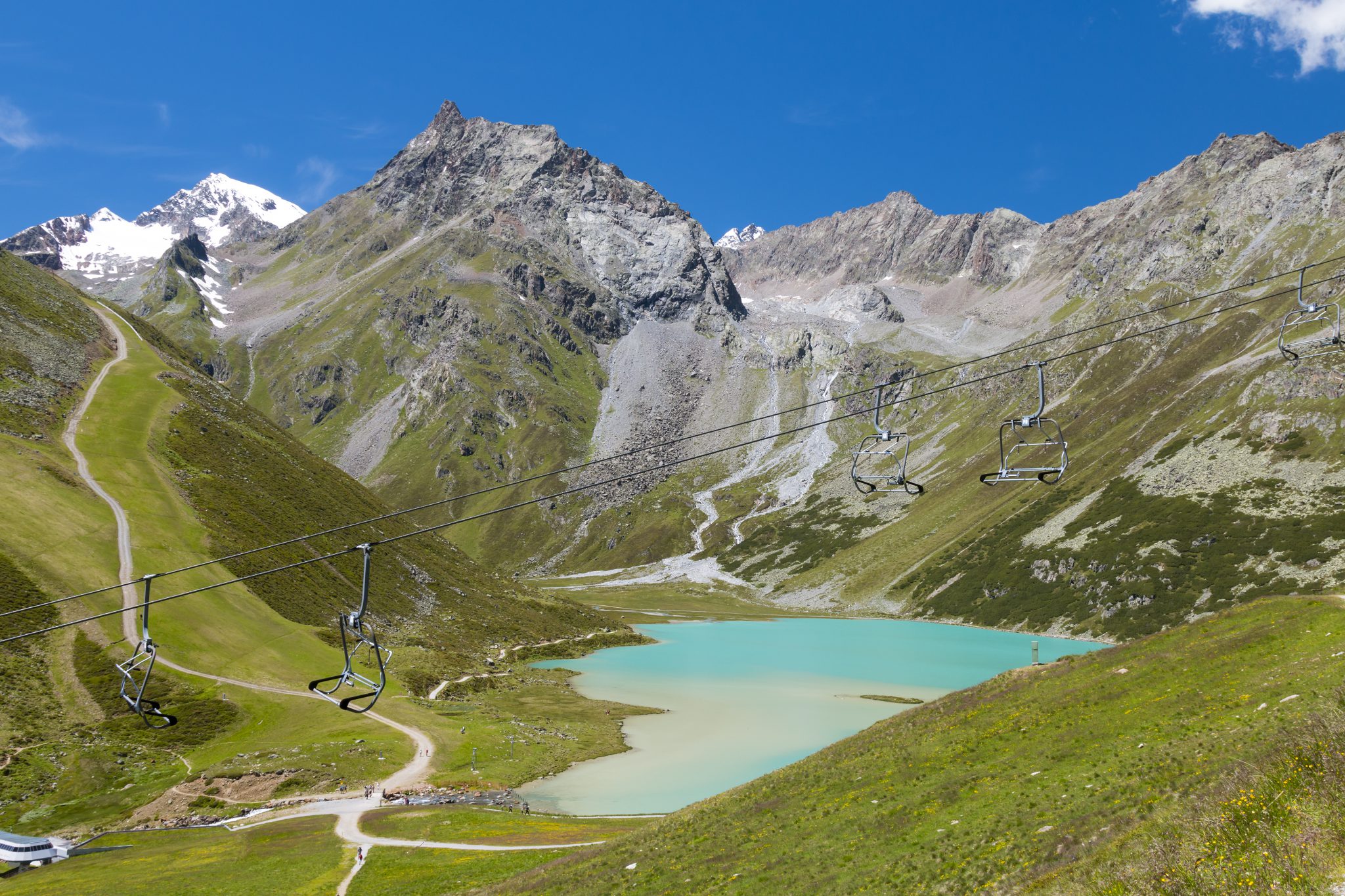
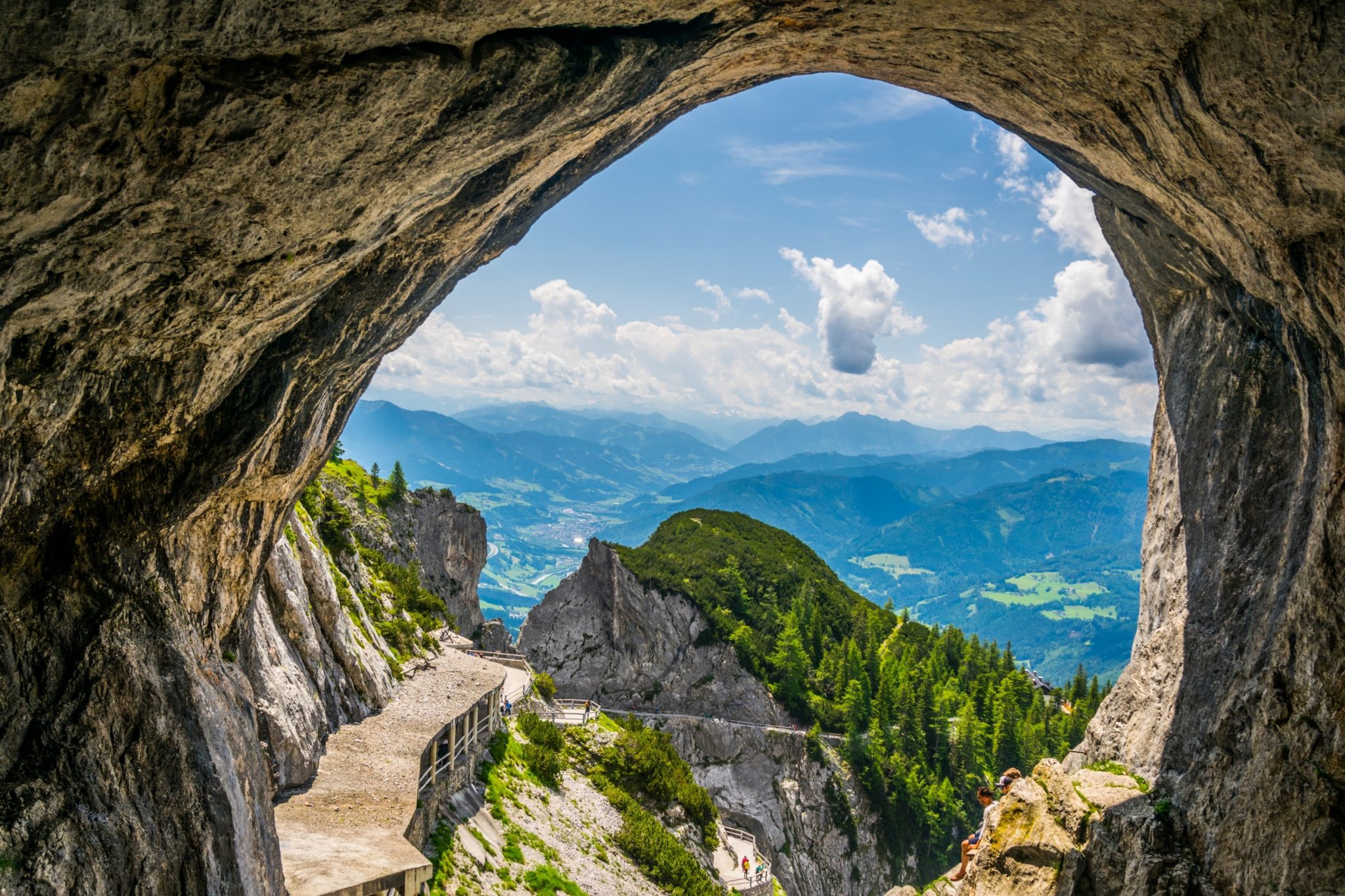
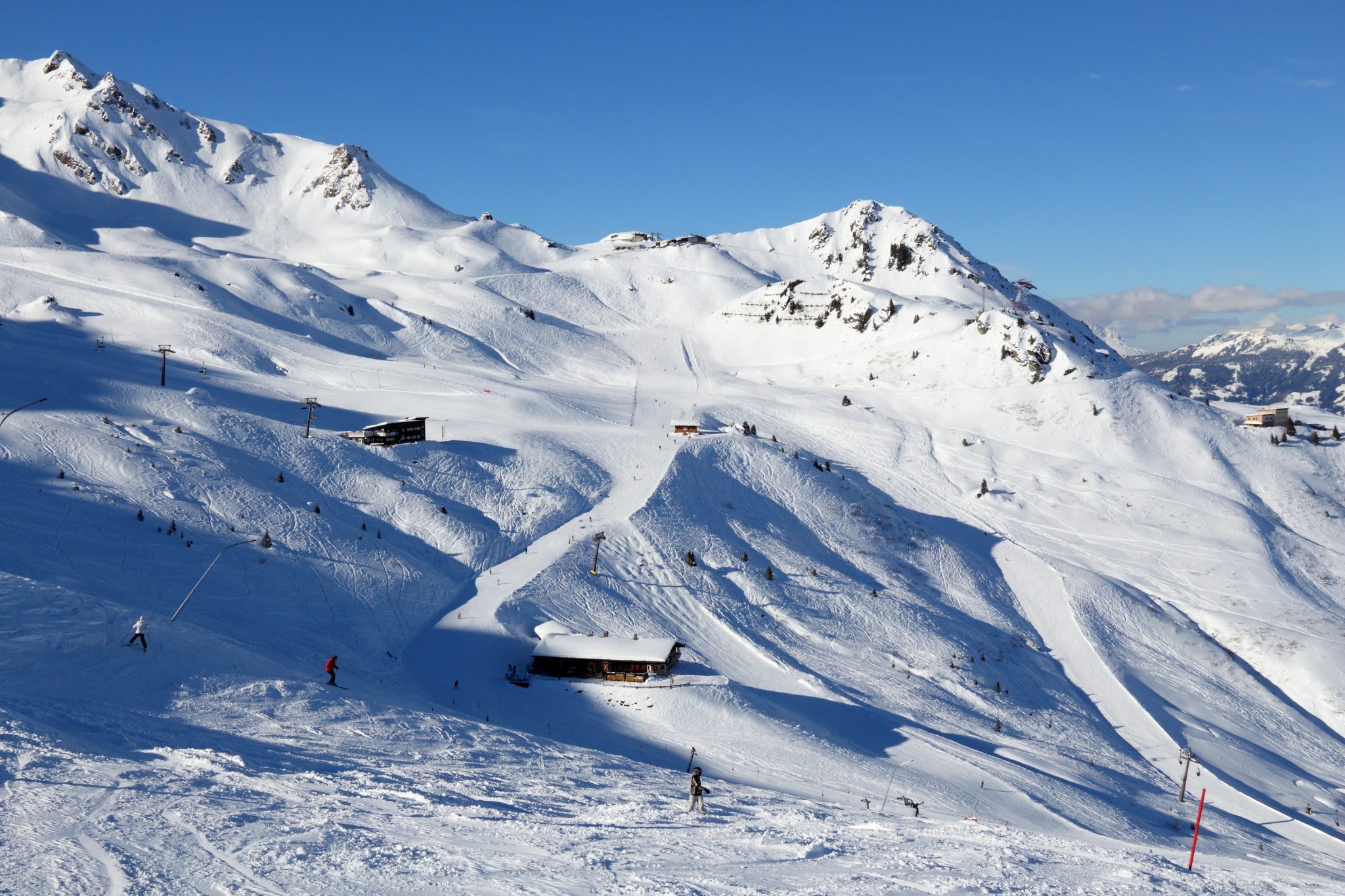
Austrian cities:
The 10 largest cities in Austria
1. Vienna with a population close to 2 million and the capital city of Austria
2. Graz the student city with a population of about 270 thousand the capital of Styria
3. Linz the capital of upper Austria with a population close to 200 thousand.
4. Salzburg a cultural and historical city with a population of about 150 thousand
5. Innsbruck the capital of Tyrol the city lies between the mighty alps with a population of
125 thousand
6. Klagenfurt the capital of Carinthia the south of Austria with a population of 100 thousand
7. Villach with a population of 60 thousand
8. Wels with a population a bit under 60 thousand
9. Sankt pölten the capital of lower Austria with a population of 52 thousand
10. Dornbirn the largest city of Vorarlberg with a population of 47 thousand
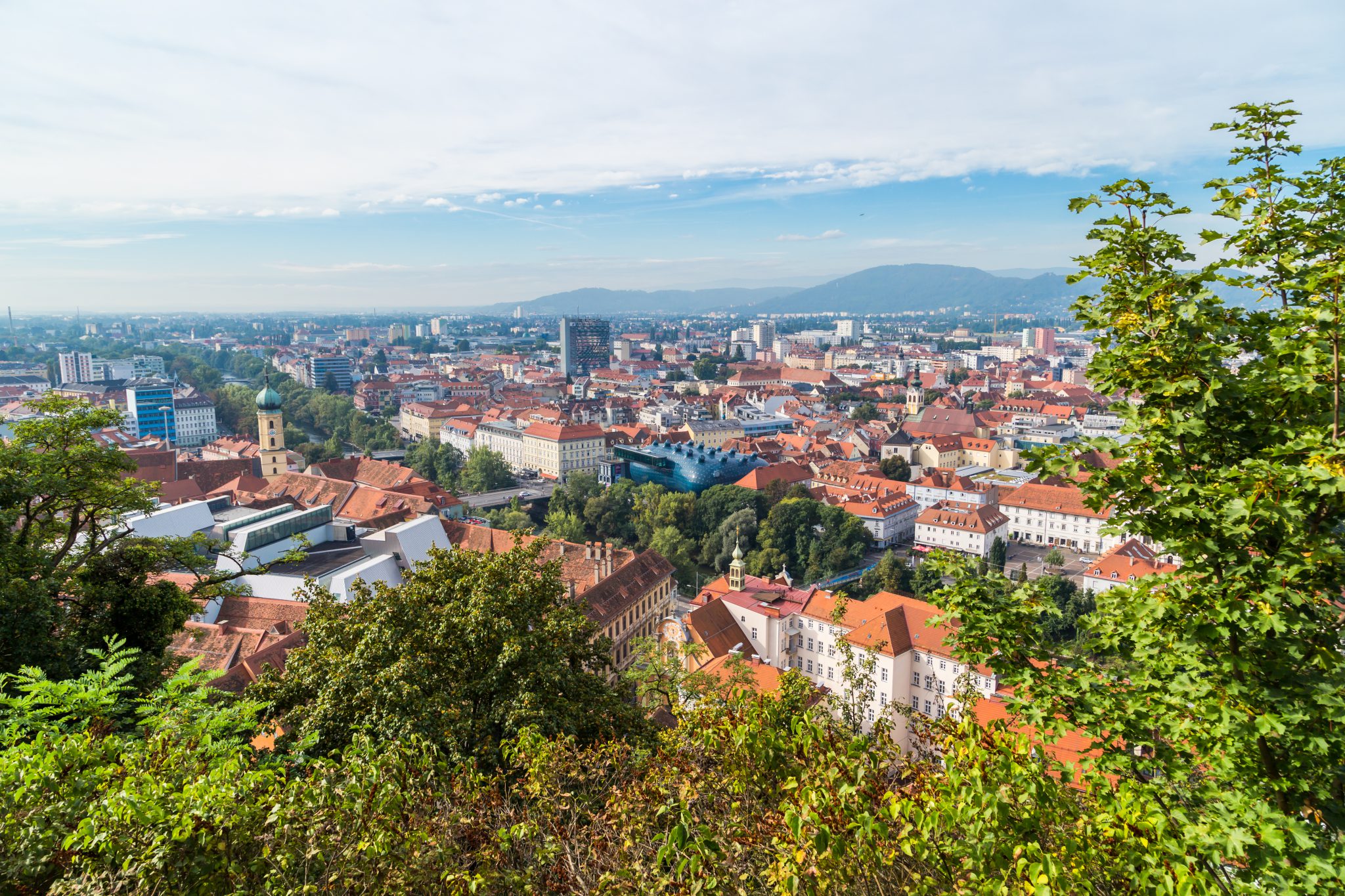
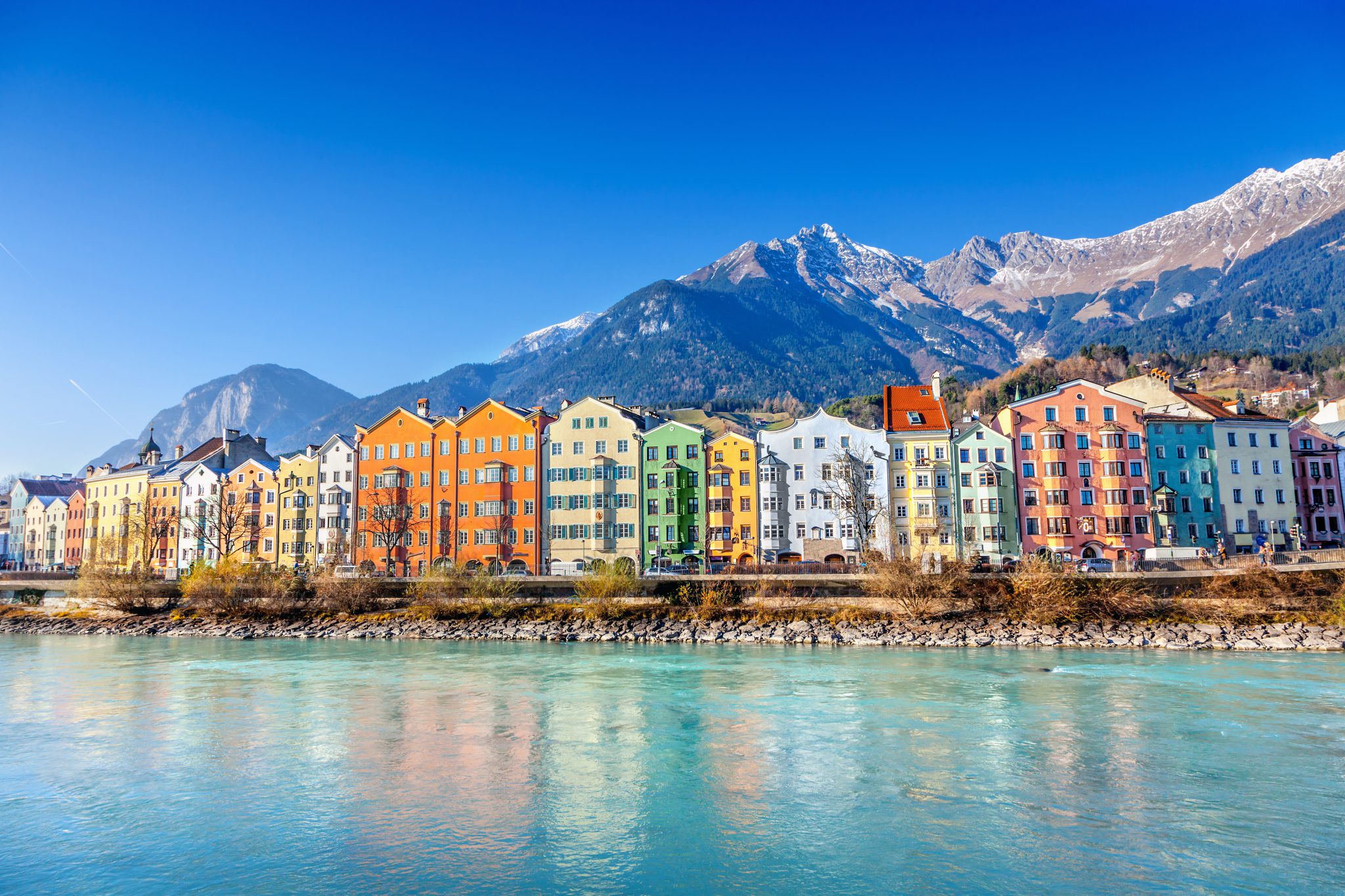
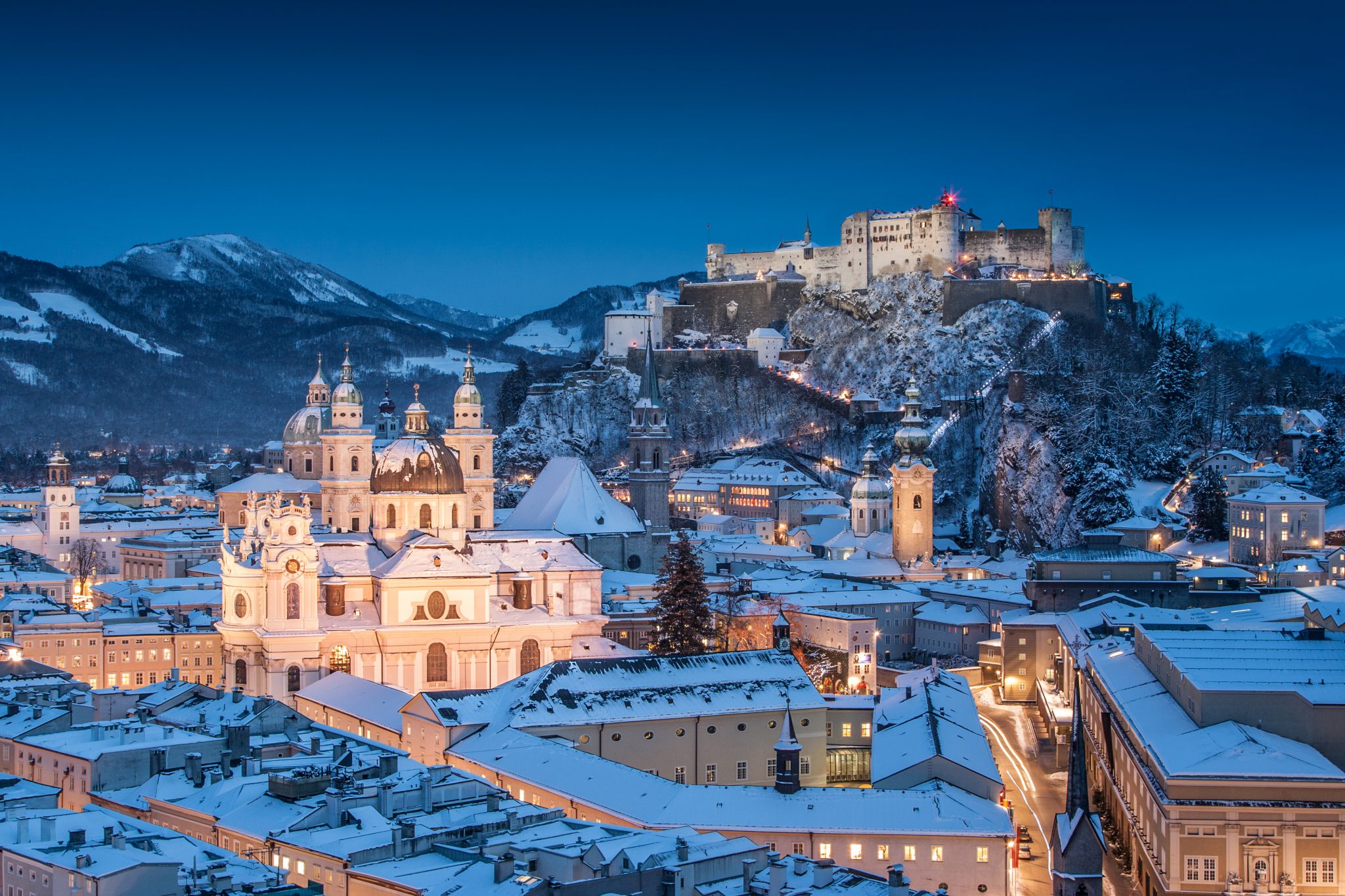
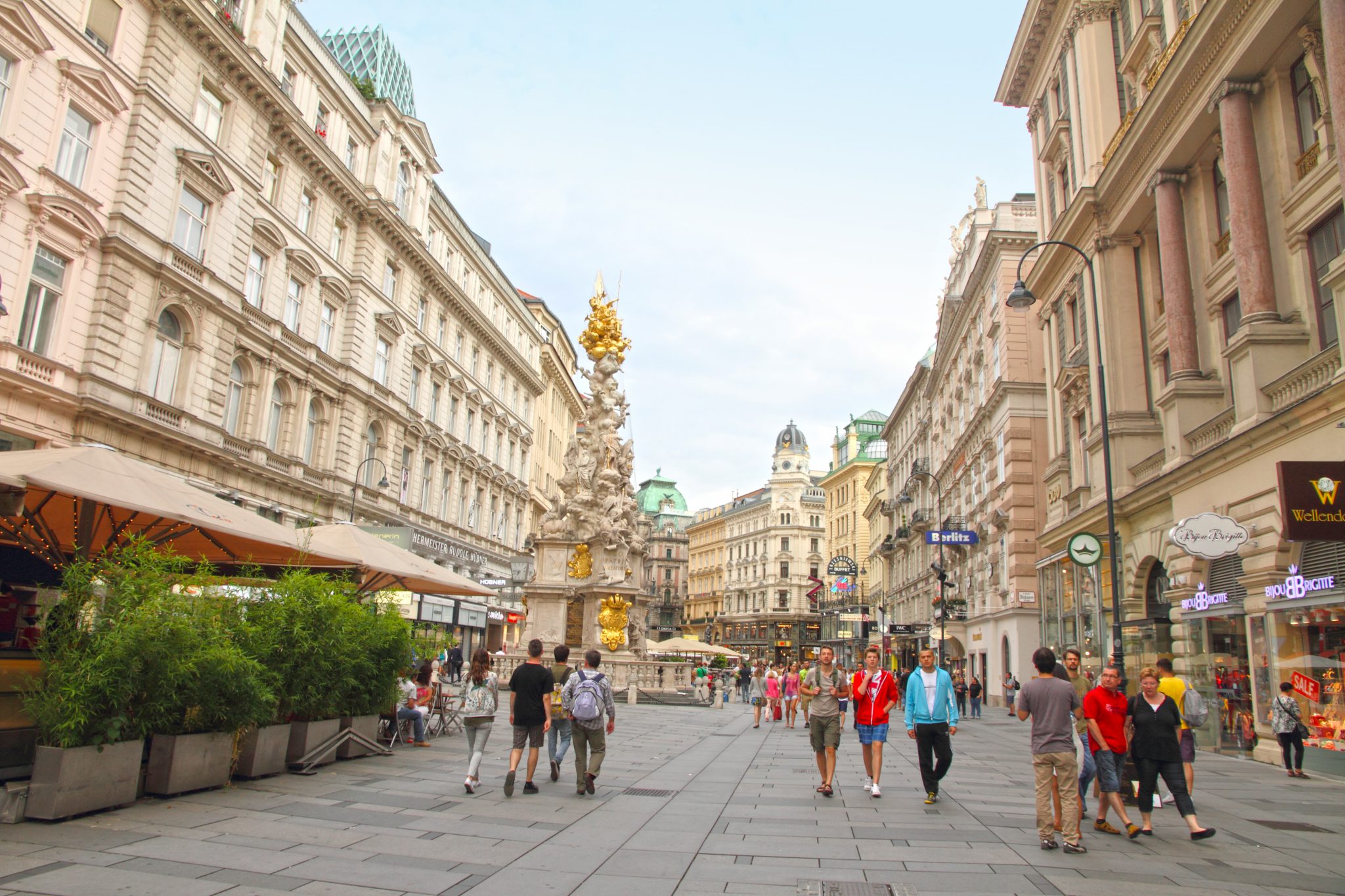
Austrian language and culture
Austrian Language:
Austrian-German is Austria's official language and is used in education and websites. It is mostly
identical to the German used in Germany but with some vocabulary differences. Many local
dialects are spoken in Austria which can change from valley to valley, and though their base is
Austrian German, their corresponding speakers sometimes have a hard time when trying to
understand each other.
Culture:
Austrian Music:
Austria's past as a European power and its cultural environment generated a broad contribution
to various forms of art, most notably among them music. Austria was the birthplace of many
famous composers such as Haydn, Liszt, Schubert and Strauss. as well as members of the
second Viennese school such as Schoenberg, Webern and berg. Wolfgang Amadeus
Motzart was born in Salzburg, then an independent Church Principality of the Holy Roman
Empire, which later became part of Austria, much of Mozart's career was spent in Vienna.
Austrian Food & beverages:
In addition to regional traditions the Austrian cuisine has been influenced by different eureopean
styles of cuisine such as Czech, Hungarian Italian and a lot more. There for is the Austrian
cuisine one of the most transcultural in Europe.
A few notable dishes from Austria are
Mehlspeisen: ( bakery ) such as sachertorte, krapfen, apfelstrudel, topfenstrudel and
milirahmstrudel.
Other dishes: Wiener Schnitzel, Schweinsbraten, Kaiserschmarren,Knödel, tafelspit zand
Kärntner kasnudeln.
Beverages: Beer, Austrian wine from lower Austria Styria and Burgenland, Cider and schnapps
home made by a lot of farmers. Local soft drinks consist of almdudler and a spezi which is a mix
of cola and fanta.
Austrian Sports:
Austria is the only country in the world where alpine skiing is the most populaire sport practiced
and this has resulted in Austria dominating on winter Olympics with the skiing disciplines in the in
history and present.
